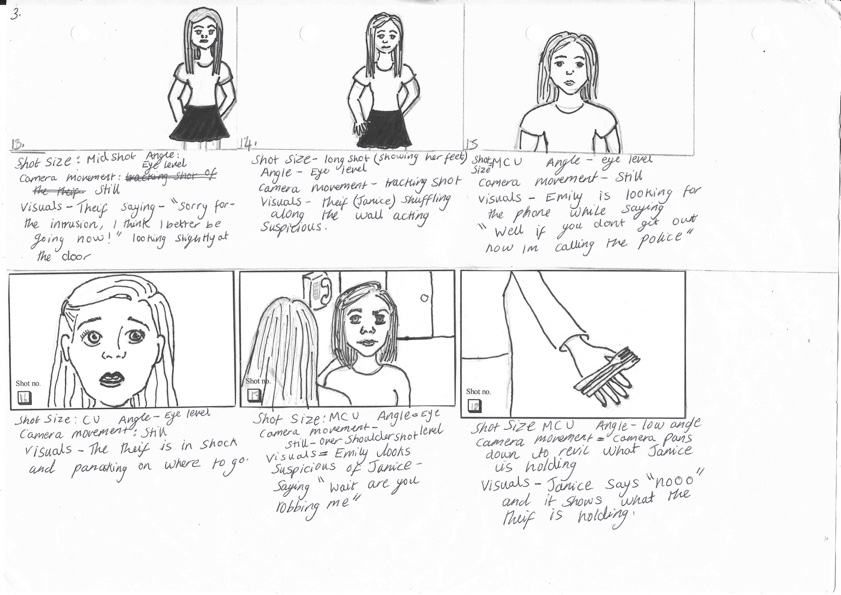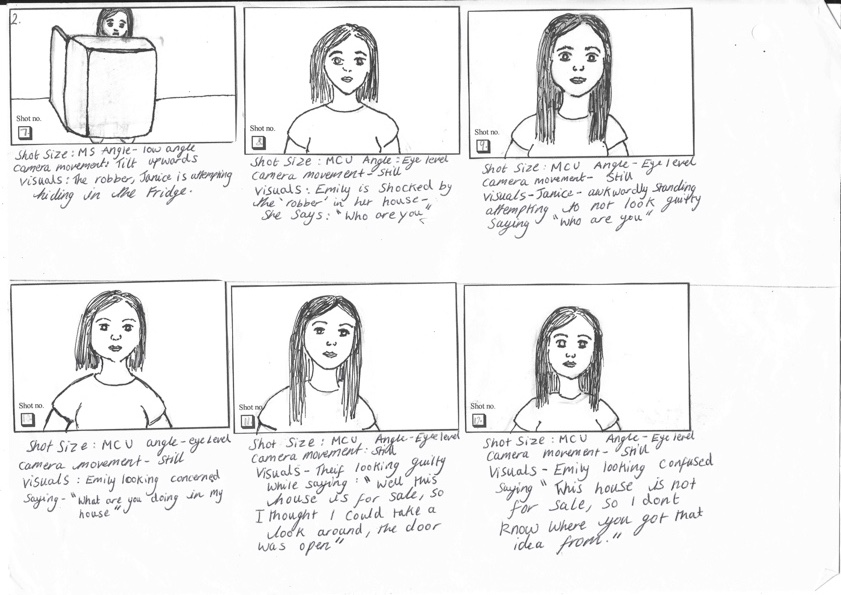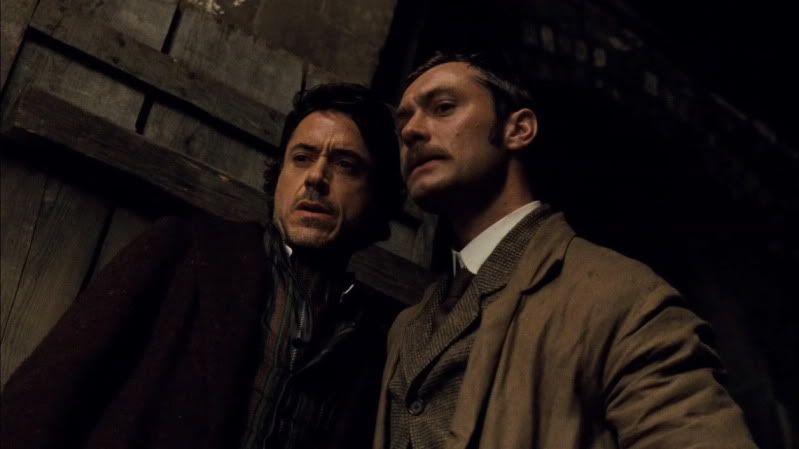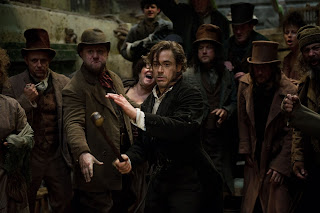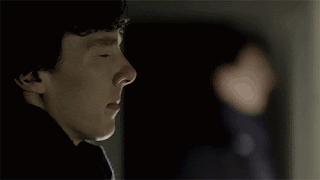Preliminary Task
Shot Order
*Establishing shot
*Mid shot of her outside the house
*close up of her face full of confusion
*Mid shot- she pushes open door
*Tracking shot see's her enter the house (camera is transferred through window
displaying Emily in the house.) Noises in the background- Shuffling
*Over the shoulder shot as Emily looks at the mess the robber has created within her house
*Out of the corner of her eye she see shadow, quickly pans at canted angle to moving object and back quickly.
*Tracking shot follows Emily down the hallway form over the shoulder shot - perspective looking around, see's robber behind fridge.
*Janice (robber) - tilt from her feet upwards to her face.
*two shot of both looking shocked
*medium close up of Emily saying "Who are you?"
*Shot reverse shot for dialogue
*Emily is punched in the face in a medium close shot and a tracking shot of the hand moving before impact
*close up of Emily on the floor
*POVE shot from canted angle on the floor as her vision begins to fade - kitchen floor - slowly loses focus - impairment shot.
*Tracking shot from Emily's face, through the corridor and out onto the drive as theirf runs away.
Shot Filming Order
EXT Shots filmed first
*Establishing long shot - First shot
*Mid shot of her outside the house
*close up of her face - confusion
*Mid shot as she pushes open door
*Mid shot of her outside the house
*close up of her face - confusion
*Mid shot as she pushes open door
*Tracking shot from Emily's face, through the corridor and out onto the drive as the their runs away - last shot
INT Hallway shots
*Out of the corner of her eye she sees as shadow, quickly pans at canted angle to moving object wand back quickly
*Emily is punched in the face in a medium close up shot and a tracking shot of the hand moving before impact
*Close up of Emily on the floor
*POV shot from canted angle on the as her vision begins to fade - kitchen floor - slowly loses focus - impairment shot.
*Tracking shot follow Emily down the hallway from over the shoulder perspective looking around
INT Hallway shots
*Over the shoulder shot as Emily looks at the mess the robber has created within her house.
Out of the corner of her eye she sees a shadow, quickly pans at canted angle to moving object and back quickly.
*Emily is punched in the face in a medium close up shot and a tracking shot of the hand moving before impact.
*Close up of Emily on the floor
*POV shot from canted angle on the floor as her vision begins to fade, kitchen floor. Slowly loses focus. Impairment shot.
*Tracking shot follows Emily down the hallway from over the shoulder perspective looking around, see’s robber behind fridge.
*Janice(robber)tilt from her feet upwards to her face.
INT Kitchen shots
*Janice(robber)tilt from her feet upwards to her face.
*Medium close up of Emily “Who are you?”
*Shot reverse shot for dialogue.
*Two shot of robber and Emily

